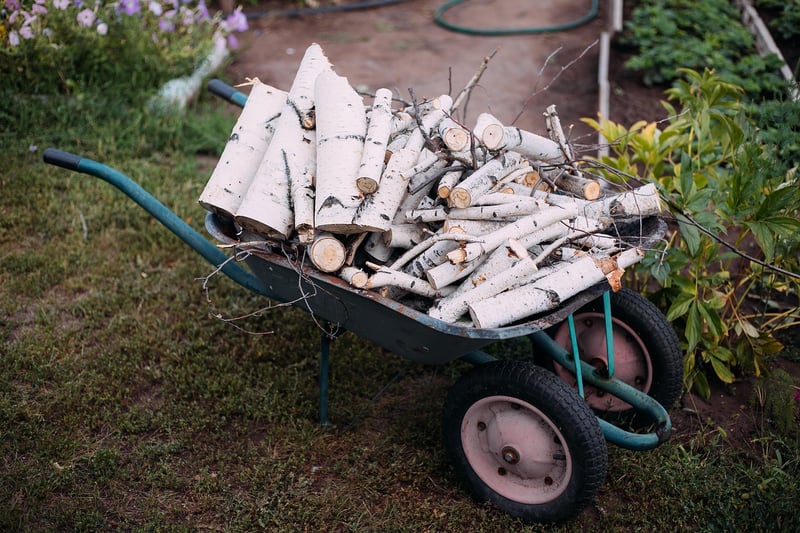Green living environments
Creating an Eco-Friendly and Sustainable Garden Sanctuary

Transforming your outdoor space into an eco-friendly and sustainable garden sanctuary not only benefits the environment but also provides you with a serene and tranquil retreat. By incorporating green living elements, you can create a harmonious balance between nature and modern living.
1. Native Plants and Biodiversity
Choose native plants for your garden as they are well-adapted to the local climate and require less water and maintenance. By planting a variety of flowers, shrubs, and trees, you can attract pollinators and create a diverse ecosystem in your garden.
2. Water Conservation
Implement water-saving techniques such as rainwater harvesting, drip irrigation, and mulching to reduce water wastage in your garden. Using a rain barrel to collect rainwater for watering plants can significantly lower your water consumption.
3. Composting and Recycling
Start a compost pile in your garden to recycle kitchen scraps and yard waste into nutrient-rich soil for your plants. Composting not only reduces waste but also enriches the soil naturally, promoting healthier plant growth.
4. Solar-Powered Lighting
Illuminate your garden with solar-powered lights to reduce energy consumption. Solar lights harness the power of the sun during the day and automatically light up your garden at night, creating a magical ambiance without relying on electricity.
5. Sustainable Materials
When designing pathways, furniture, and structures in your garden, opt for sustainable materials such as reclaimed wood, bamboo, or recycled plastic. These eco-friendly choices minimize environmental impact and add a unique touch to your garden sanctuary.
Green Living Environments

Creating green living environments in your home extends the concept of sustainability beyond the garden. By incorporating eco-friendly practices and products into your daily life, you can reduce your carbon footprint and promote a healthier planet.
1. Energy-Efficient Appliances
Upgrade to energy-efficient appliances such as LED light bulbs, smart thermostats, and ENERGY STAR-rated devices to lower your electricity consumption. These appliances not only save energy but also reduce your utility bills in the long run.
2. Eco-Friendly Cleaning Products
Switch to eco-friendly cleaning products that are biodegradable and free of harsh chemicals. These products are safer for your family, pets, and the environment, ensuring a healthier living space for everyone.
3. Indoor Plants and Natural Light
Bring nature indoors by adding houseplants to improve air quality and create a calming atmosphere. Maximize natural light in your home to reduce the need for artificial lighting during the day, saving energy and enhancing your well-being.
4. Waste Reduction and Recycling
Reduce waste by practicing mindful consumption, recycling packaging materials, and composting organic waste. By minimizing your household waste, you contribute to a circular economy and lessen the strain on landfills.
5. Sustainable Decor and Furniture
Furnish your living spaces with sustainable decor items and furniture made from eco-friendly materials like reclaimed wood, bamboo, or organic textiles. Support ethical brands that prioritize sustainability and craftsmanship for a greener home environment.
